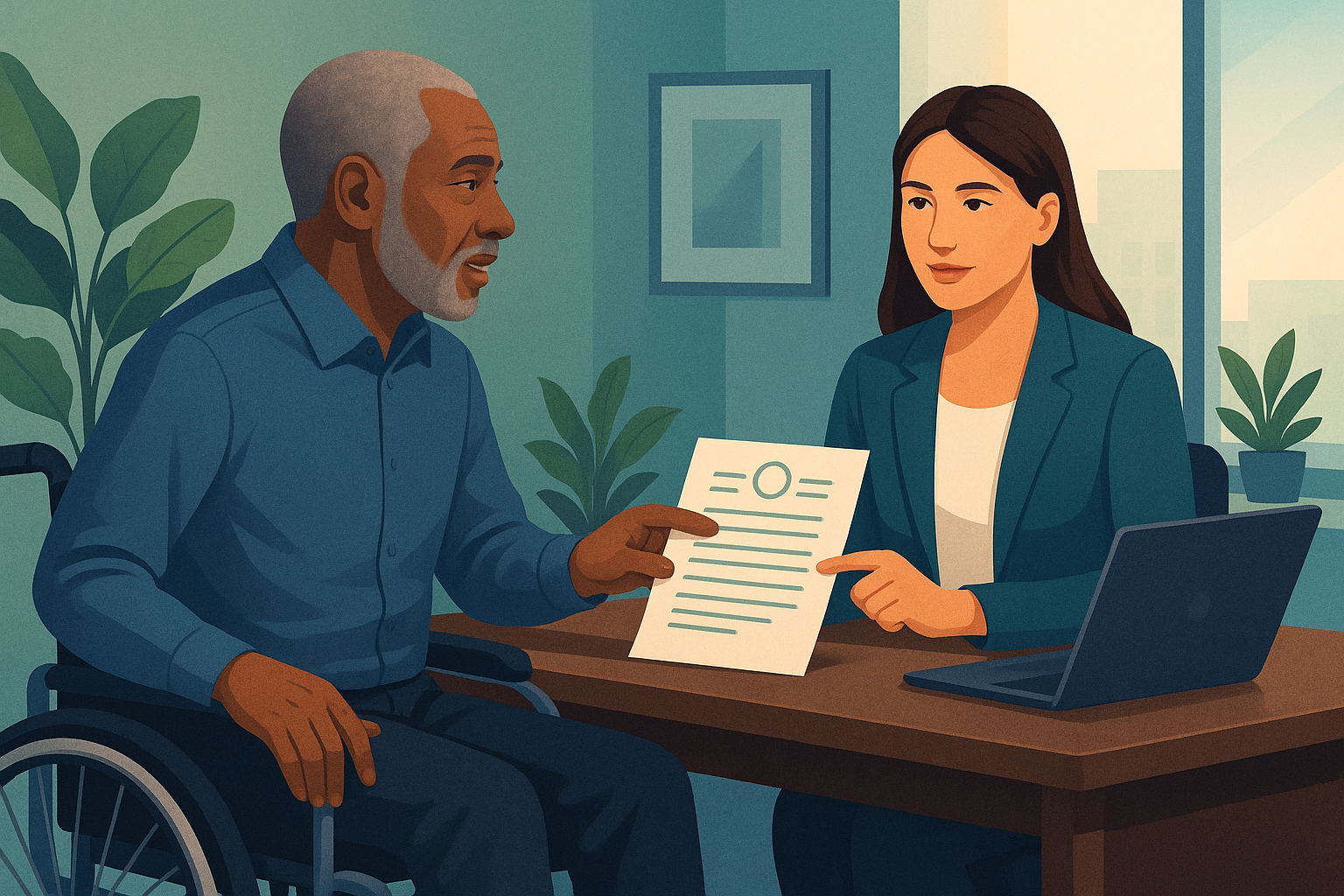

September 22, 2025

New Updates to the ABLE Will Open the Doors for More Participation
When I was living in a community for people with intellectual disabilities as a direct support professional, I met a man who was a friend of the community. He had been connected to our home for as long as we had been in the neighborhood. This man came with his mother or care giver and would never be a member of our community because of how his disability was different from theirs. While he had many of the same ways of communicating as some of our community members and had similar care needs to others, our home operated under an intellectual disability waiver, and that was not his disability. His disability stemmed from a life threatening injury followed by a life threatening illness – an acquired disability, just beyond the age when it could have been considered a childhood disability.
When living in a very supportive community environment, I learned a lot about how rare that is and how not everyone gets the same opportunities. The cracks that people can fall into seem to be getting wider, not smaller. I see part of my role as helping my clients see where there are paths toward fuller participation in community and greater support.
We do have one opportunity coming in 2026 to close some gaps. As part of the ABLE Age Adjustment Act (as part of the bill package Secure 2.0 signed in December 2022), starting in January, people who have acquired disabilities and later onset disabilities will be able to participate in the ABLE savings plans. Prior law created in 2014 allowed people with childhood disabilities and disabilities that were present prior to the age of 26 to be able to save into a tax advantaged investment account for their own use and needs that would not count toward the asset tested eligibility of programs like Medicaid and Social Security’s Supplemental Security Income (SSI).
Now as we enter into 2026, people will be able to open and save their own money in an ABLE account if their disability was determined by Social Security or a doctor before the age of 46. People who miss the childhood cut off will be able to protect more of their cash from being needlessly spent and protected in an account they have the authority to control themselves if possible.
Different from a Supplemental or Special Needs Trust, an ABLE account is treated as a savings account that the beneficiary has authority to make distributions from without going through a trustee. This type of savings is empowering to people who never had many financial decisions to make in the past due to a childhood disability but it is very powerful for people who always made their own decisions financially.
Use of an ABLE account does not require someone be enrolled in benefits, just that they would be medically eligible to enroll when applicable. The use of ABLE account over time has the potential to preserve a person’s assets saved from work prior to their disability. Unlike a Special Needs Trust, here are limits to how much can be saved in an ABLE account. Often an ABLE account is used one tool in a person’s life when they are trying to enroll in asset protected programs like Medicaid and SSI.
Other ABLE provisions, known as the ENABLE Act, were also passed as part of the bill package known as the One Big Beautiful Bill of 2025 (OBBB). In that Act 3 provisions were made permanent from prior Secure Act language. First, savers were given the opportunity to continue moving assets from a traditional 529 college savings account to an ABLE account without penalty over time considering the contribution limits of the ABLE account. They were also given the opportunity to be considered for the Savers Credit when contributing to their own ABLE account. Finally, it made permanent the ability for working people with disabilities to make an additional contribution to their ABLE account up to the prior year’s poverty line number.
Our goal at Dependent Financial Planning is to empower you to live your financial life as independently as possible when you have a disability. If you have an acquired disability and would like more information on how to keep your savings protected for longer where you are still in control of what happens with your money, a Certified Financial Planner® specializing in disability is here to support you and your next steps forward. If you have questions on how an ABLE account can fit within your planning, please reach out to us.
